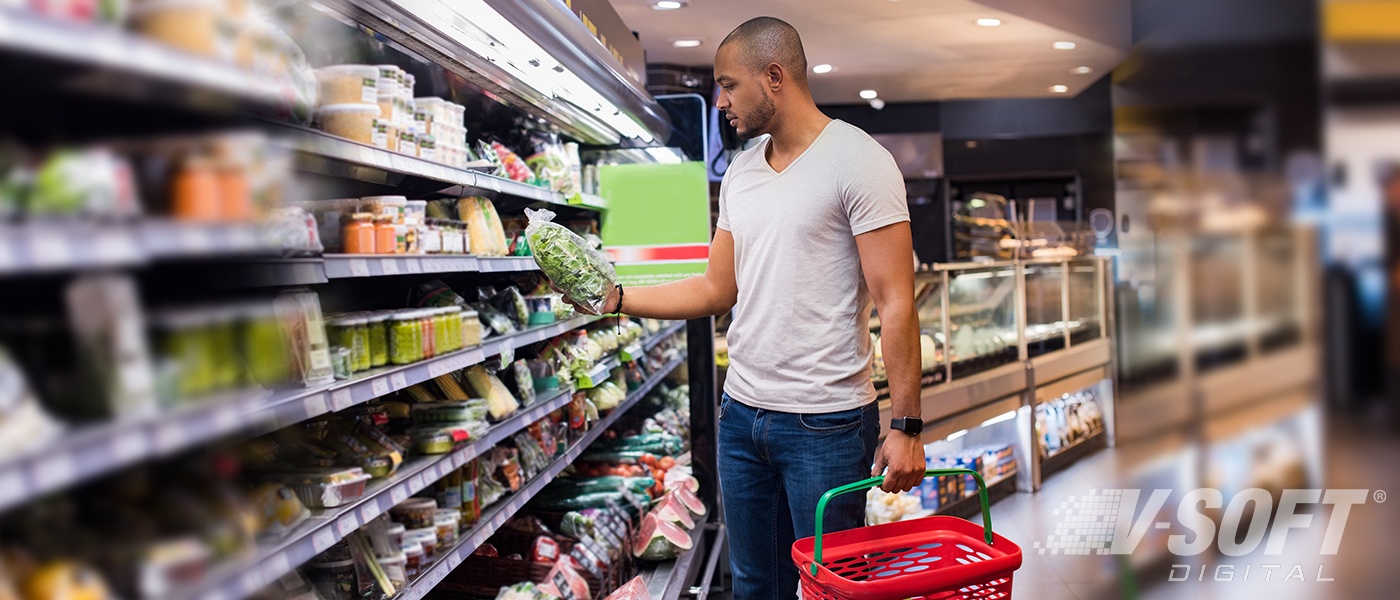These Technology Trends are Improving Service Quality for Quick Service Restaurants
Innovations and development in consumer-facing technologies are changing the way restaurants operate. Like other industries, the restaurant industry has been embracing digital transformation over the years. Quick Service Restaurants (QSR) are learning how technology can be leveraged to enhance customer experience. The pandemic and restrictions on indoor dining impacted the restaurant industry disproportionately, forcing it to aggressively adopt technologies that could help overcome the disruptive phase. Many restaurants were already adopting digital transformation, but the pandemic accelerated the process and forced even reluctant restaurateurs to adopt. This not only helped them stay in business during difficult times, but it also unlocked new business opportunities to remain competitive as things get back to normal.
Top Technology Trends for Quick Service Restaurants
Mobile Apps
Mobile apps offer a convenient way for customers to order and arrange delivery or pickup quickly. With mobile apps, customers can access food menus and order online and QSRs can notify customers on the real-time status of their order and when it’s available for pickup or monitor delivery times. When the customer arrives at the designated station the staff is alerted to deliver the meal while the customer is still in the car. This provides a positive customer experience as well as manages staff time efficiently.
Artificial Intelligence
Artificial Intelligence (AI) has application across industries and the food and beverage industry is not an exception. Using loyalty programs and location awareness APIs, QSRs can quickly identify customers as they pull into the drive-thru. If they have installed a mobile app, it can communicate with the system to display personalized messages on the digital menu board which may include their name, loyalty points and offers.
Furthermore, health-conscious QSR customers now want more information on ingredients, nutritional values, and calories contained in the food. With AI-powered food menus, QSRs can provide transparency and information to customers and help them make informed and healthy food choices. This AI-driven customization can also help gain insights into customers’ changing preferences and equip QSRs to serve customers better.
To deal with increasing complexities such as increased menu items, integrated supply chains, and multichannel ordering, QSRs need to optimize inventory and staff management to operate efficiently. AI algorithms can be used to gain visibility into inventories, staff attendance and customer demands and provide solutions to ensure stocks inventory is adequate. It can also help manage staff by ensuring that the staff are allocated to the right places in accordance with customer requirements. This would not only lead to increased workforce efficiency but also enhance customer experience.
Automation
QSRs can implement automation to help with various self-service options which customers are increasingly preferring over the traditional approach. With automated drive-thrus, self-checkouts, self-service kiosks, and food-vending machines, QSRs can offer customers non-intrusive ordering and pick-up options with minimal human interaction. Further customization to these self-service solutions can help QSRs provide personalized options as well as discover more opportunities to delight customers. Automation can also help QSRs deal with the labor shortage that plagues the industry. A large part of operations can run without human intervention. In fact, with the help of robotics, QSRs can leverage technology in areas such as food preparation, customer service, and check-out. With integration of other leading technologies such as AI and Natural Language Processing (NLP), not only can catering to customers be taken to the next level but tasks such as automating the flow of inventory, tracking waste, regulating the speed of production, and optimizing employee scheduling can be optimized.












